Trumpeter | 02259: 1/32 Grumman F6F-5N
Reviewed by Randy Bumgardner

The ubiquitous Grumman F6F Hellcat - one of the most prolific fighter aircraft of the Second World War. This aircraft was known as the "Ace Maker", amassing a 19-to-1 kill ratio during the course of the war. Originally powered by a Wright R2600-16 and rated at 1600h.p., the F6F was quickly refitted with a Pratt & Whitney R2800-10 capable of 2000h.p. Little else changed over the entire production run of the aircraft, which totaled over 12,000 aircraft. With that, let's get onto the review - if your interest has been piqued, there are many sources out there to read.
One point I have to mention...some of the photos are of my half built specimen. What is shown was built in one week and straight from the box - well, sort of... I did wire the engine as it needed it in this big scale. The kit was built for a symposium I attended with several Hellcat aces. The clock ran out, and this is as far as I got.
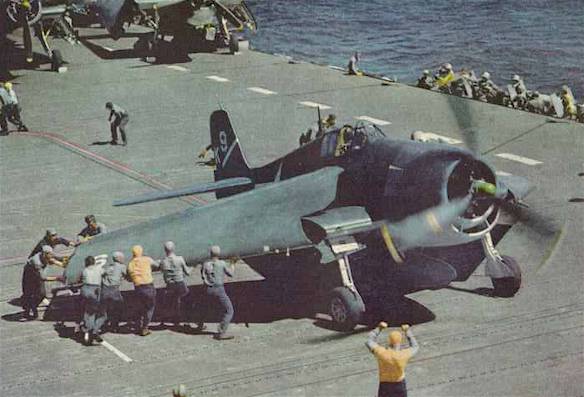
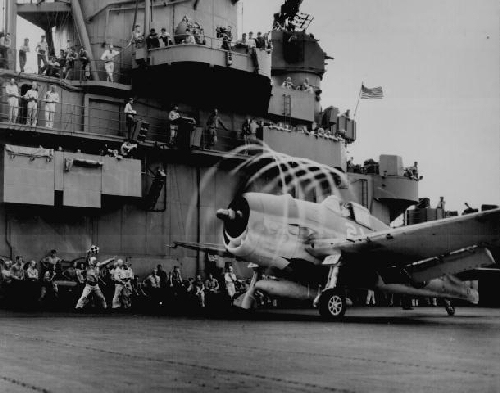
There hasn't been a large scale F6F produced since the Hasegawa F6F, which first appeared in the 1970s. That kit, while building into a respectable model with a little effort, is by no means cutting edge or completely accurate in profile. So, here comes the Trumpeter gambit. They have ambitiously planned four separate releases for this aircraft: the F6F-5N, the F6F-5, the F6F-3N, and the F6F-3. I'm not sure why they separated the releases this way, but, hey, it's their company. This kit, the F6F-5N Hellcat, is the first release in this series.
You get the typical, sturdy, large Trumpeter box that can withstand the most aggressive of Postal Workers. In this large box you get styrene, and lots of it. The kit comes with 500 pieces molded in grey styrene on 8 sprues, 2 clear sprues, a fret of photo-etch, a clear cowling, those vinyl tires, and the decals. Like most Trumpeter kits, the styrene is rather soft so care should be taken when cutting and sanding to avoid any unnecessary work. The clear parts are very nice, being crisp and thin - and nicely clear. No blemishes or distortion are present in my sample.





The surface detail, consisting of recessed panel lines and rivets (no, not divets), is restrained and well executed. The model can be built with wings extended or folded and the control surfaces are supplied as separate pieces. These can be assembled in a neutral position or offset to the modelers taste. The cowl flaps come in two flavors and are molded in clear styrene just like the cowl itself. The modeler can chose between open and closed cowl flaps, although, in this scale, you'd better be ready to detail the very visible inner faces of those cowl flaps.
Also included in the kit is a bonus sprue. This sprue contains a tow tractor that the modeler can use to add some visual interest to those on deck dioramas. It is well represented with nice detail and should result in a nice little addition to the kit.

Trumpeter, true to form, provides a vast amount of detail in this kit. Starting from the front, a very nice "mini-model" of the P&W R2800 is supplied. The engine alone is composed of ninety parts and is a pretty good representation of the real thing. The crankcase, however, is a little too long and this spaces the cylinder banks with a noticeable gap. Trumpeter also didn't provide the baffle that is inserted between the fore and aft cylinder banks. Both of these points are rather minor as these things won't be noticed when the cowl is in place, unless one wants to open up the cowl.
The engine accessory compartment is another area where Trumpeter provides a great amount of detail. Unfortunately, none of it will be seen once the fuselage is buttoned up. None the less, the modeler can choose to build up this area. Most of the major assemblies are included: the oil reservoir, the armor plate for the oil reservoir, the engine mounts, the hydraulic accumulator, and some of the ducting fot the superchargers. The engine accessory on the aft end of the crankcase is pretty well detailed, and this whole area could serve as a good starting point for anyone wishing to superdetail it and open some panels.


The cockpit, as with most Trumpeter offerings as of late, comes with a goodly amount of detail. Trumpeter does a fairly good job of "busy-ing" up the interior. And, for the most part, they got some things right. Studying the cockpit for a bit, and then staring at reference photos, and then staring at the cockpit some more (repeating this cycle a few more times...), it dawns on me that Trumpeter has merged the cockpits of the -3 and the -5 into a single entity. Whether they did it to save on tooling costs for upcoming versions, or they just studied an incorrectly restored Hellcat, I don't know - however, details from both are present here. After everything is built and weathered, it still looks respectable right out of the box. Purists will know, though...
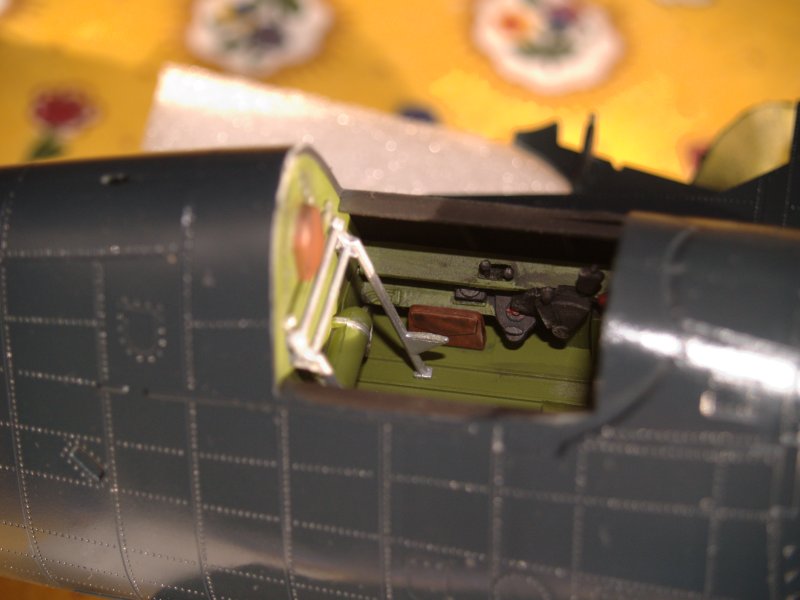
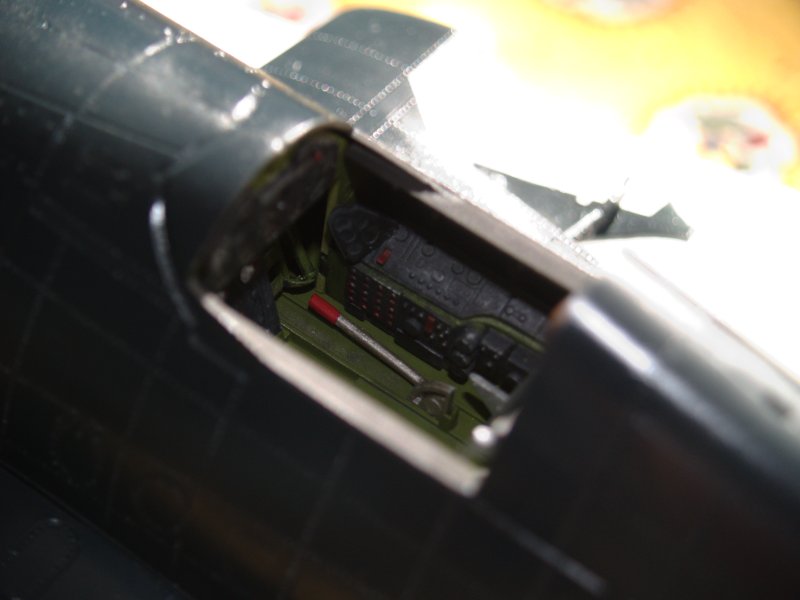
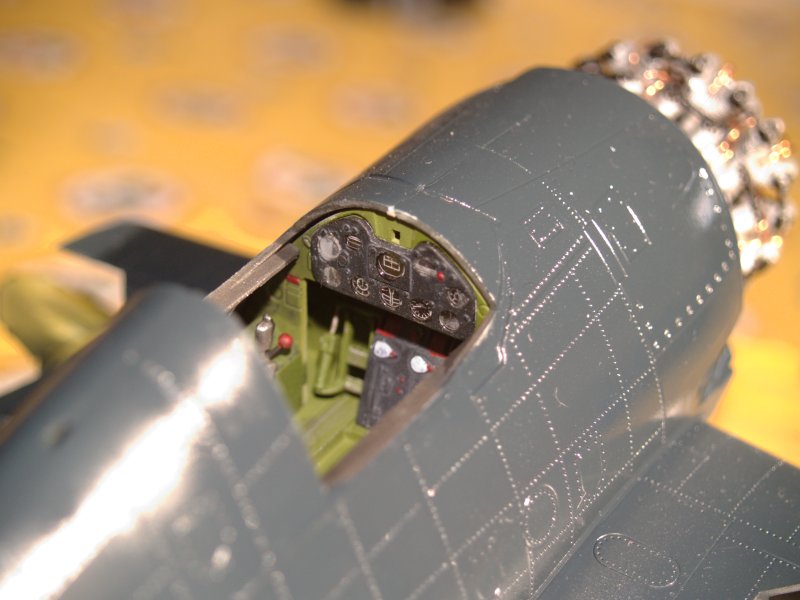
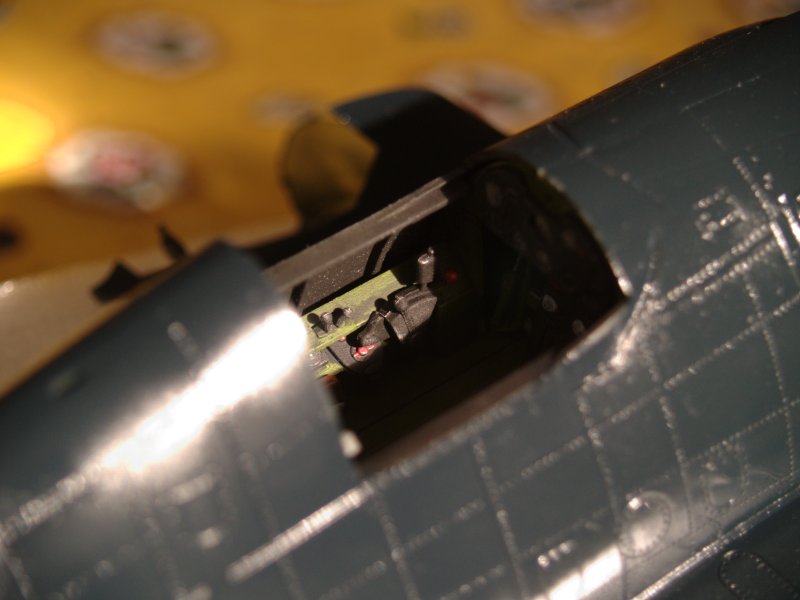
Trumpeter also includes all of the radio equipment, and master compass, for the aft fuselage. Everything you'll need for something that may never be seen. However, it's good to know it's there.
The decals are unlike Trumpeter's previous efforts, the colors look very good. Although, there really isn't much color on this sheet as 95% of the markings are white. However, the color that is present looks very nice, especially the nose art for the Marine F6F. The decals are in register and thin, they should go on without a problem. Markings are for two F6F-5N nightfighters:
- F6F-5N, #15 VF(N)-107, Sept. 1944
- F6F-5N, #59 VMF(N)-541, Sept. 1945
Unfortunately, the BuNo's of these aircraft aren't given. The instructions have the modeler use the same decals for both - BuNo. 70866, and it's anyone's guess whether that is the correct serial for either of them. Trumpeter thoughtfully provides the nose art for the Marine aircraft in a black bag. So, in the spirit of things, if you're under 18 cover your eyes.
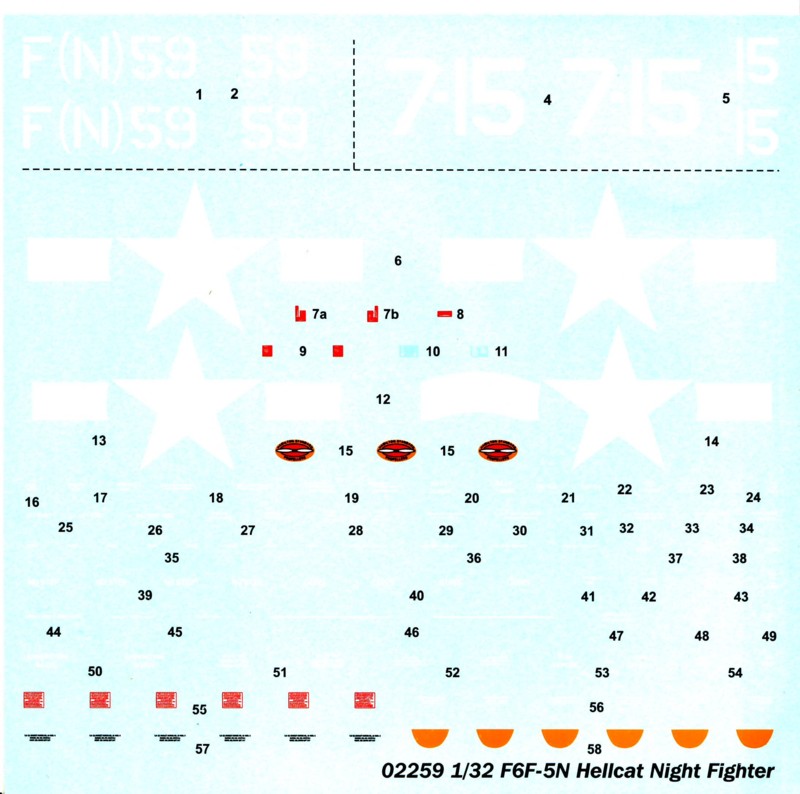
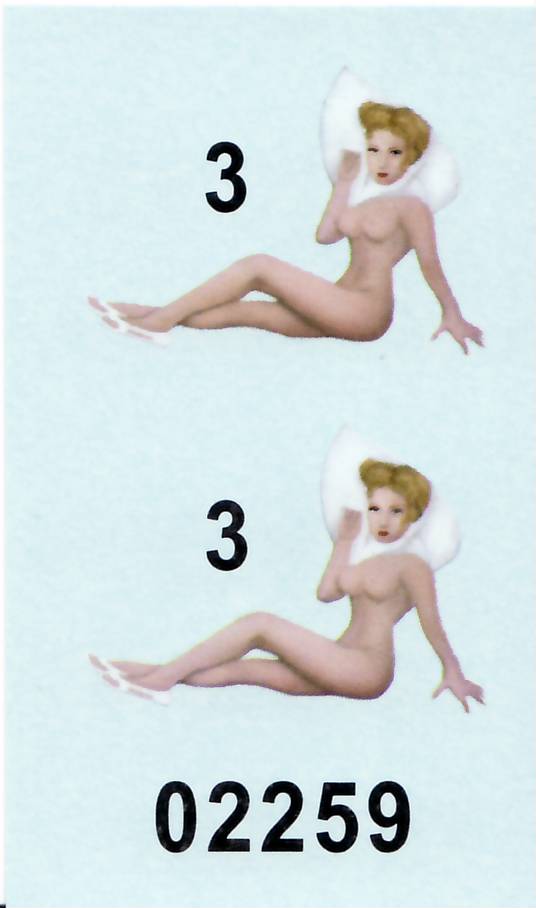
As far as the general outline is concerned, Trumpeter got the profile correct. They captured the big chin look of the Hellcat. The cowl is the correct shape, and the fuselage does match up with drawings I scaled up from the Kagero book. I tried to get a profile shot so you could see for yourself. One thing that I haven't seen any model company get correct is the lower exhaust ports. Even the Hasegawa kit is incorrect in this area. They are too short and too round in outline. The troughs need to be longer and squared off at the ends. The image of the actual lower exhaust trough is from an F6F-3, however, this area did not change between the -3 and the -5. (Both photos are courtesy of "F6F Hellcat In Detail & Scale", Bert Kinzey; Squadron/Signal Publications, 1996).


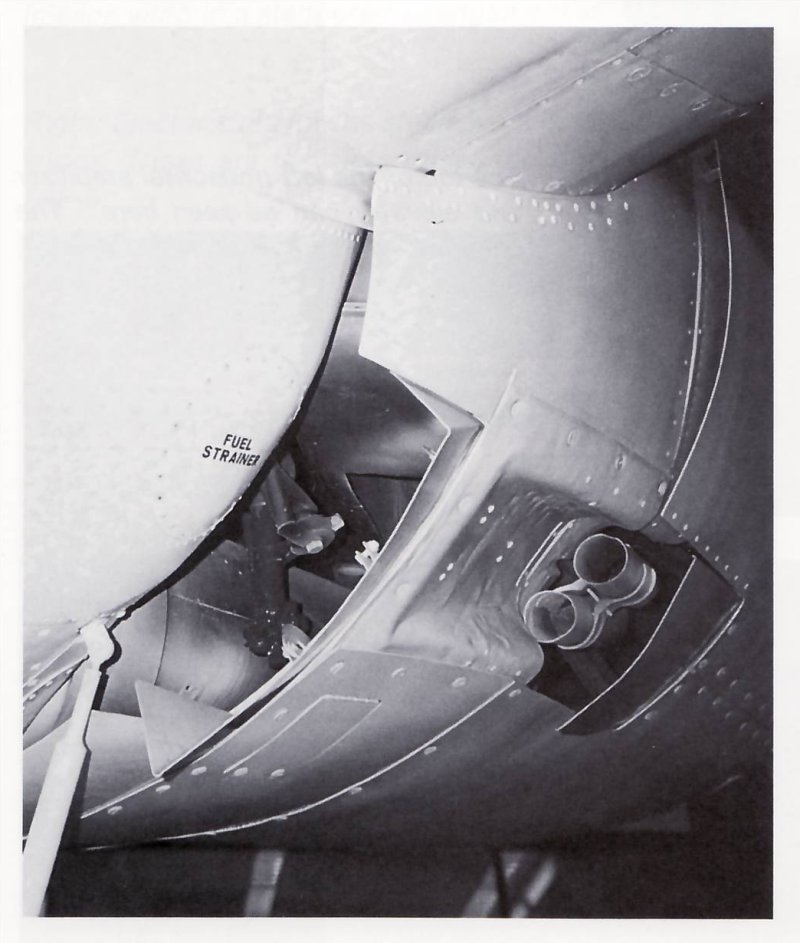

All right so what about that "other thing" that has many in an uproar. The infamous bulge in the fuselage just aft of the cockpit. Well, it's there - and it's fairly pronounced, if you feel for it. In bare plastic, with the reflection of light at just the precise angle, you can see it. Heck, anyone who has even remotely followed the hubbub on the modeling forums will notice it because they know it's there. With a coat of Dark Sea Blue, the casual observer will not notice it. I've tried to get a decent shot or two of the spine of the model to reveal it. It took me several tries to capture the bulge and these are the best images I could get. Now, just because I think it's not that noticeable from three feet away after the model is painted DSB, and just because I doubt that anyone is going fondle your model to feel for that bulge that has reached enigmatic proportions, doesn't mean that Trumpeter is off of the hook. They should have gotten this absolutely correct. That tall, slab sided look of the Hellcat is it's bread and butter. It's the signature appearance for that aircraft. Who was running the show when the design team was pouring over specs and photos and measurements? How did this slip by?


So, what have we got? Well, we do have a new tool F6F with a great amount of detail. From the engine and it's accessory area to the cockpit to the fairly restrained surface detail, it's a very nice kit and it will build up into a very nice model. There are however, some drawbacks to this kit that Trumpeter's research team should have caught. The Bulge being the biggest problem with this kit. Add to that the incorrect cockpit details, the extra long version of the R2800, the incorrect lower exhaust troughs, and the incorrect inner wheel faces, and you have a number of visible things at issue. Does it mean the kit is unbuildable? No, I built it, well, most of it. Does it mean the kit is not worth the money? To some yes, but that is a very subjective question. If you can afford it, and want a new large scale F6F, then go for it. None of the things I've mentioned, with the exception of The Bulge, need major repair work. The kit builds into a fine representation of a Hellcat right out of the box. Or, it's a great starting point for those who want to go to town.
Recommended.
Many thanks to Stevens International for the review sample.
© Randy Bumgardner 2007
This review was published on Saturday, July 02 2011; Last modified on Wednesday, May 18 2016
